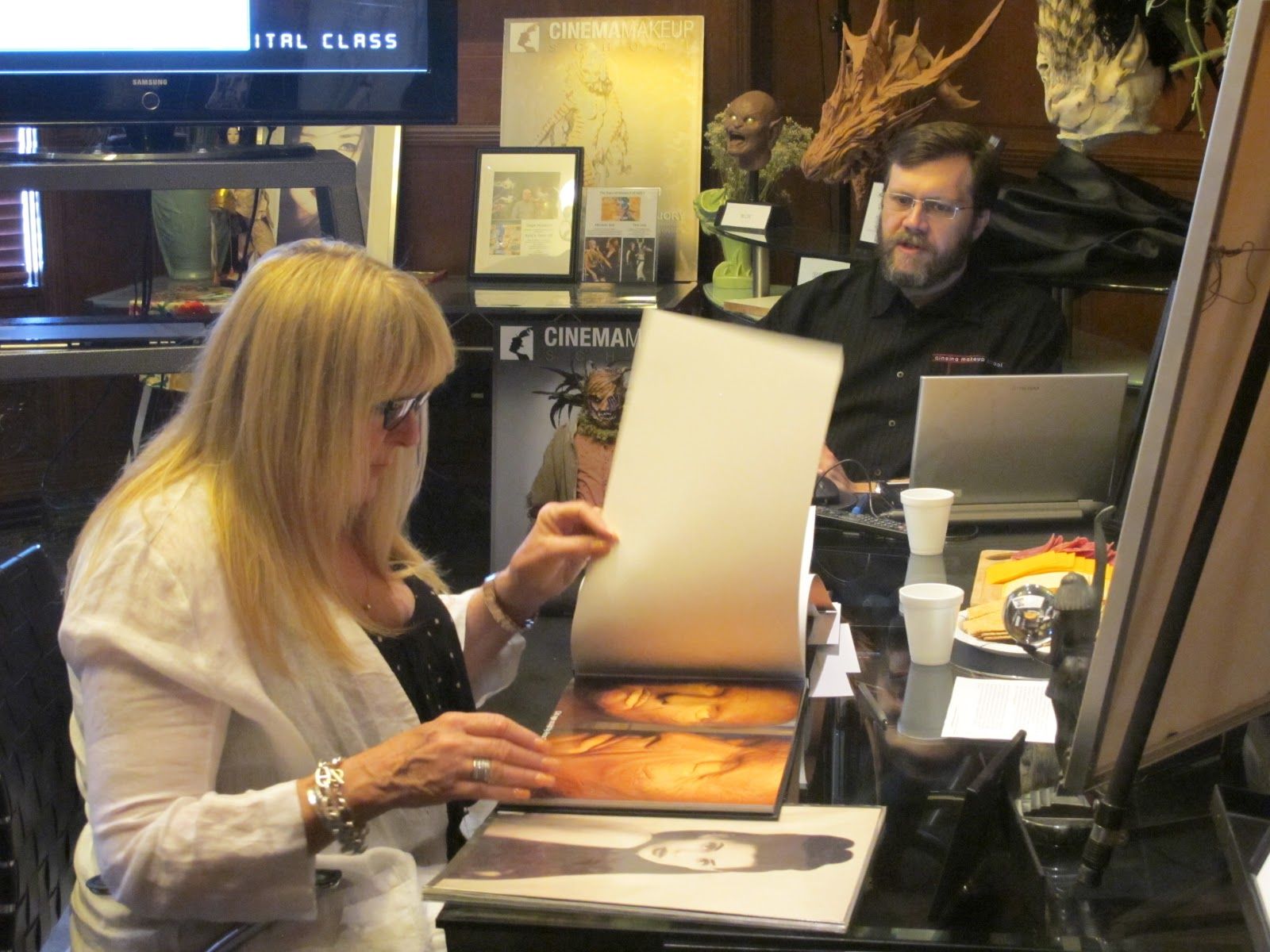Ve Neill - Understanding 've In Everyday Talk
When we talk, we often use little shortcuts, bits of language that make our conversations flow more smoothly. It's almost like we're always looking for the easiest way to express ourselves, and that, in a way, is where some of our most common verbal habits come from. These tiny pieces of speech, you know, they really help us get our thoughts out without sounding too stiff or formal, and they're just a natural part of how we communicate with each other every single day. So, we're going to take a closer look at one of those very familiar shortcuts, one that pops up constantly in casual chats and even in more serious discussions.
This particular linguistic habit, or what some might call a contraction, is something we use without even thinking about it most of the time. It’s essentially a compressed version of a longer word, or sometimes two words, that helps us speak a little quicker and more naturally. We hear it all the time, and we use it ourselves, almost instinctively, because it feels just right when we're having a chat. It’s one of those subtle elements that truly makes our spoken English sound so vibrant and alive, giving it a certain rhythm and ease that would be missing otherwise. Honestly, it's quite fascinating how these small changes can have such a big impact on how we sound.
So, what exactly are we talking about here? Well, we’re focusing on the little two-letter combination that’s a stand-in for a much more common verb. It’s a part of our everyday vocabulary, yet we rarely stop to think about what it actually represents or how it works. This simple, often overlooked part of our speech is incredibly versatile, and it helps us build sentences that feel warm and inviting, truly connecting with the person we're speaking with. It’s a bit like a secret handshake in language, if you will, signaling that we're ready for a real, down-to-earth conversation. We’re going to explore this common linguistic shorthand and see how it truly shapes our spoken interactions.
Table of Contents
- What 've Neill Truly Means in Our Words?
- How Do We Use 've Neill When We Speak?
- Why Does 've Neill Show Up So Often?
- Beyond the Basics - Other Uses for 've Neill
What 've Neill Truly Means in Our Words?
When you hear or see the little combination of letters, 've, what does it really bring to mind? Well, quite simply, it’s a quick way of saying "have." It’s a common shortcut that we use, especially when we're just talking freely, rather than writing something very formal. This brief form is, in fact, the way most people say "have" out loud, particularly when "have" is acting as a helper verb, which means it works with another verb to show when something happened. It’s like a handy verbal shorthand that just makes things a little quicker to get out. It helps us keep our sentences from feeling too long or a bit clunky, you know?
The Core Idea of 've Neill - What's Behind It?
The main idea behind this little linguistic trick, 've, is that it's just a more relaxed, everyday way to say "have." You see, it’s not really a separate word on its own; it’s more like a compressed version that gets attached to the end of the word that comes before it, usually the person or thing doing the action. So, if you're talking about yourself, you don't always say "I have"; you're much more likely to say "I've." It's a pretty straightforward concept, honestly, but it's a fundamental part of how we make our language sound natural and less stiff. This small change helps our words flow together much better, creating a smoother sound when we chat.
How Do We Use 've Neill When We Speak?
So, how exactly do we put this little 've into action when we're just having a chat? Well, as we just touched on, it typically gets added right onto the end of the word that's doing the action, the subject of the sentence. For instance, if you're talking about yourself, instead of saying "I have," which can sound a bit formal or perhaps a little stiff in everyday conversation, you would generally shorten it to "I've." This simple shift makes your speech feel much more relaxed and natural, which is very important for connecting with people. It’s just a small adjustment, but it makes a big difference in how our words come across, you know?
've Neill in Action - Seeing Examples
Let's look at a few ways this handy little 've pops up in our everyday talk. Take the phrase "I have been very busy," for example. In casual conversation, you'd almost certainly hear someone say, "I've been very busy." It’s just quicker, and it sounds more like how people actually speak. Another common one is when you're talking about someone else, like "you have." That often gets shortened to "you've." It’s pretty simple, really, how these small changes make our language so much more fluid. We even see it in more specific, perhaps older, expressions, like someone saying, "I've to powder me nose," which is a playful, older way of saying "I need to powder my nose," using 've in a slightly different sense, but still a short form of "have." These examples show how deeply ingrained this little contraction is in our communication.
Why Does 've Neill Show Up So Often?
You might wonder why this 've form is so common in our language. What makes it such a go-to choice for speakers? Well, a lot of it has to do with how we naturally speak and the rhythm of our words. When we're talking, we tend to look for ways to make our sentences flow more easily, to reduce the number of syllables, and to connect words together smoothly. The 've contraction does just that; it helps to bridge the gap between a pronoun and the verb "have," making the whole phrase sound more connected and less choppy. It's really about making conversation feel effortless and natural, which is something we all appreciate, honestly. This is why it’s so widely used, just a natural part of our verbal habits.
've Neill and the Flow of Conversation
This little 've is especially helpful when "have" is being used to show something that happened in the past, or something that has continued up to the present moment. This is what language experts call the perfect or retrospective tense. So, when you say "I've seen that movie," you're talking about an experience that happened before now. Using 've here just makes the sentence feel lighter and more conversational. It helps to keep the pace of our talk steady and natural, preventing any awkward pauses or stilted phrasing. It’s a very simple tool, but it truly helps our conversations maintain a pleasant, easy rhythm, allowing us to connect with others more effectively. It's almost like a musical note in our speech, helping the whole piece sound just right.
Beyond the Basics - Other Uses for 've Neill
While the 've form is most commonly linked with "have" when it's helping out another verb, like in "I've been busy," it's worth noting that "have" itself can have other meanings too. Sometimes, in certain ways of speaking, or in what people call dialects, "have" might be used in slightly different situations, and 've could still pop up as its shortened form. This shows how flexible and adaptable our language can be, with words taking on different roles depending on where you are or who you're talking with. It's a bit like a chameleon, changing its colors to fit the surroundings, and that's pretty cool, if you think about it. So, while its main job is pretty clear, it has these other, less common, appearances too.
've Neill - A Little More About Its Place
So, when we consider the full picture of 've, we see it’s a tiny but mighty part of our spoken language. It helps us speak quickly and clearly, keeping our conversations moving along without a hitch. It's recognized in common dictionaries, like the Cambridge Advanced Learner's Dictionary & Thesaurus, which confirms its place as a standard part of English. The American Heritage Dictionary of the English Language also points out its role, showing just how widely accepted and understood this little contraction is. It's a true staple of everyday speech, reflecting how we naturally simplify words to make communication more efficient and friendly. This small linguistic element, 've, is a great example of how language naturally evolves to make things easier for us to say and hear. It’s a subtle but powerful part of how we communicate, really, making our words flow just a little more smoothly.
In essence, this exploration has been all about the word 've, a common contraction for "have" that we use every day. We've looked at its basic meaning, how it's usually spoken, and seen examples of it attached to pronouns like "I" and "you" to create "I've" and "you've." We also touched on its role in forming the perfect tense, helping us talk about things that have happened. It's a small but significant part of our language, making our conversations feel more natural and flowing.

SFX Artist Ve Neill Honored at Monsterpalooza 2017 - Morbidly Beautiful

Ve Neill - Alchetron, The Free Social Encyclopedia

Pictures of Ve Neill